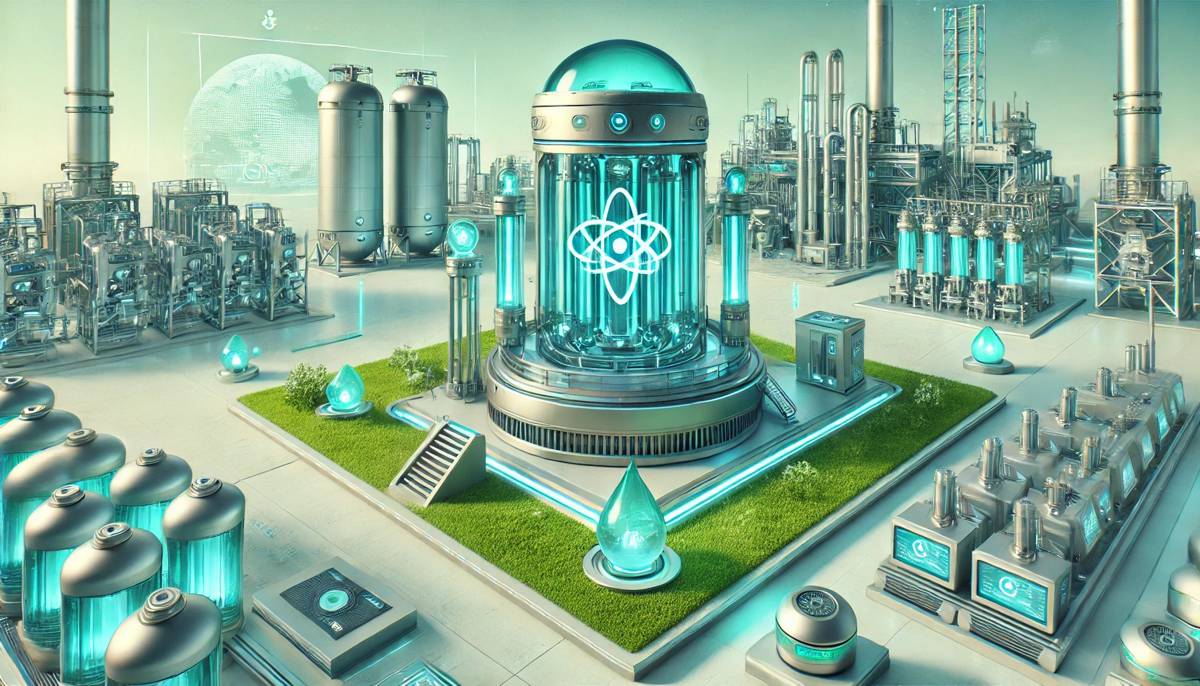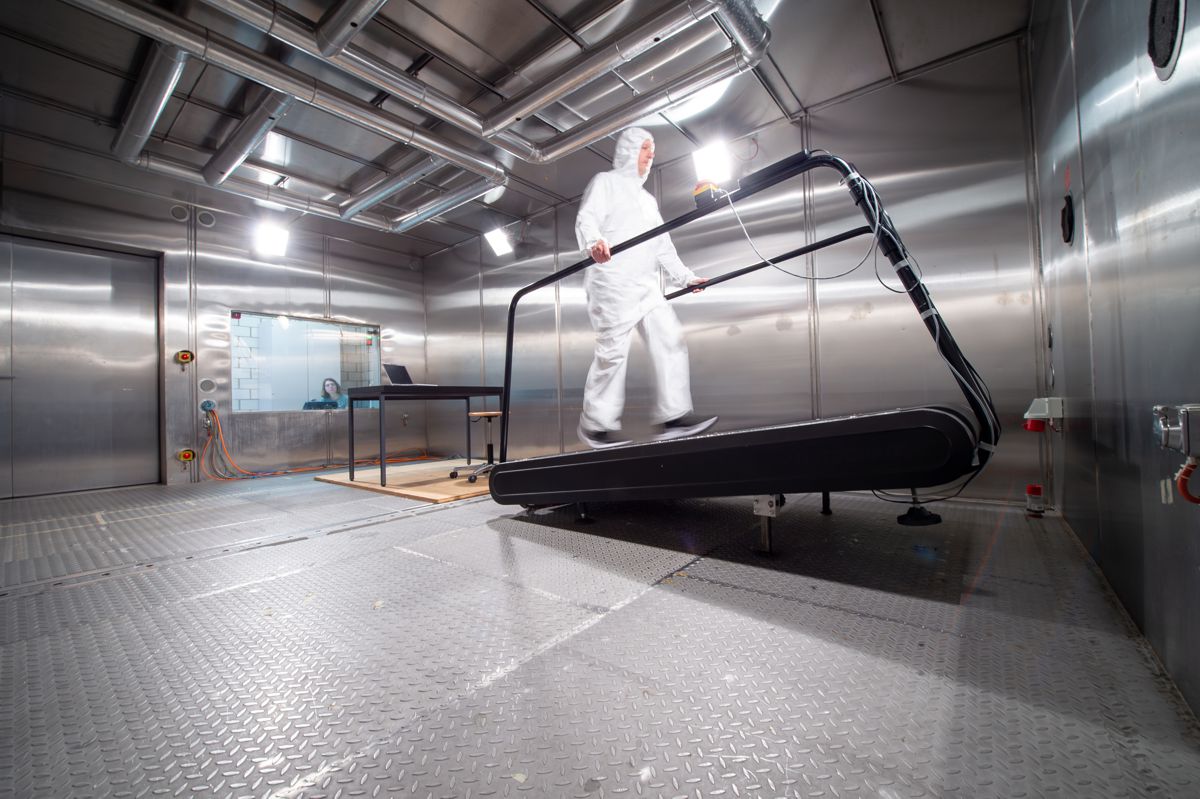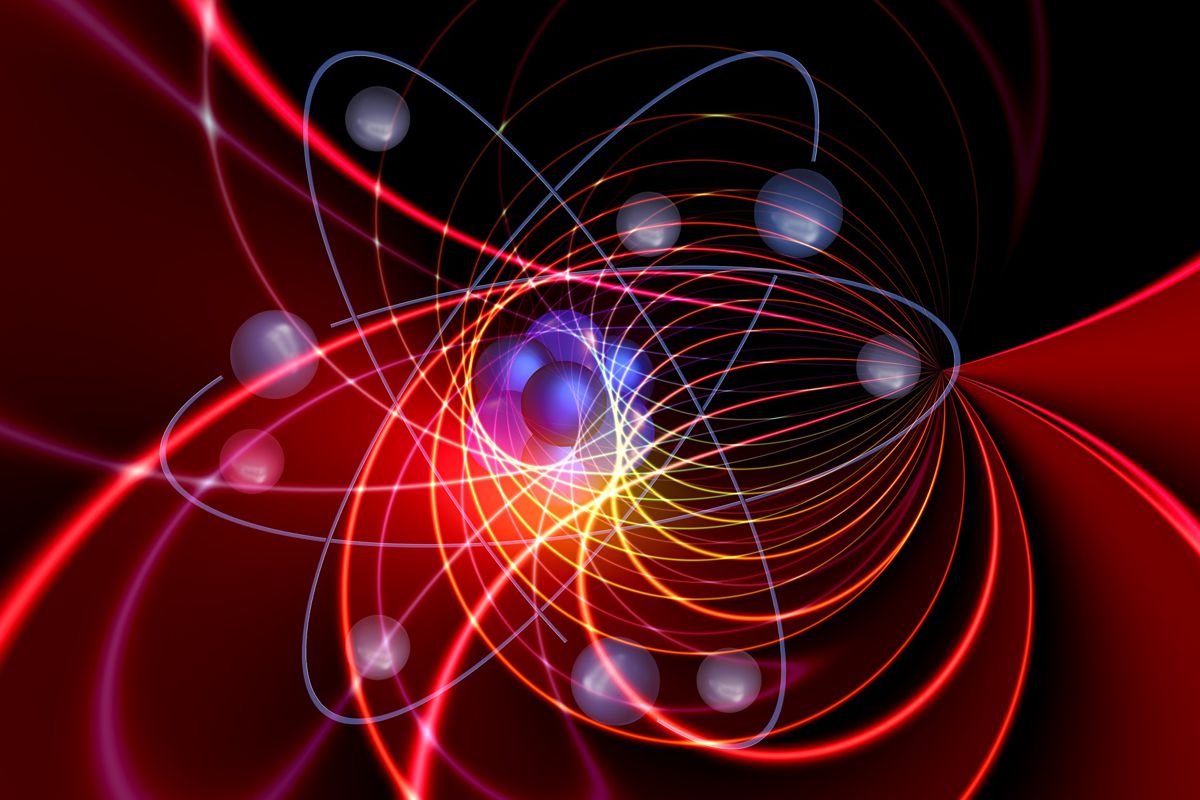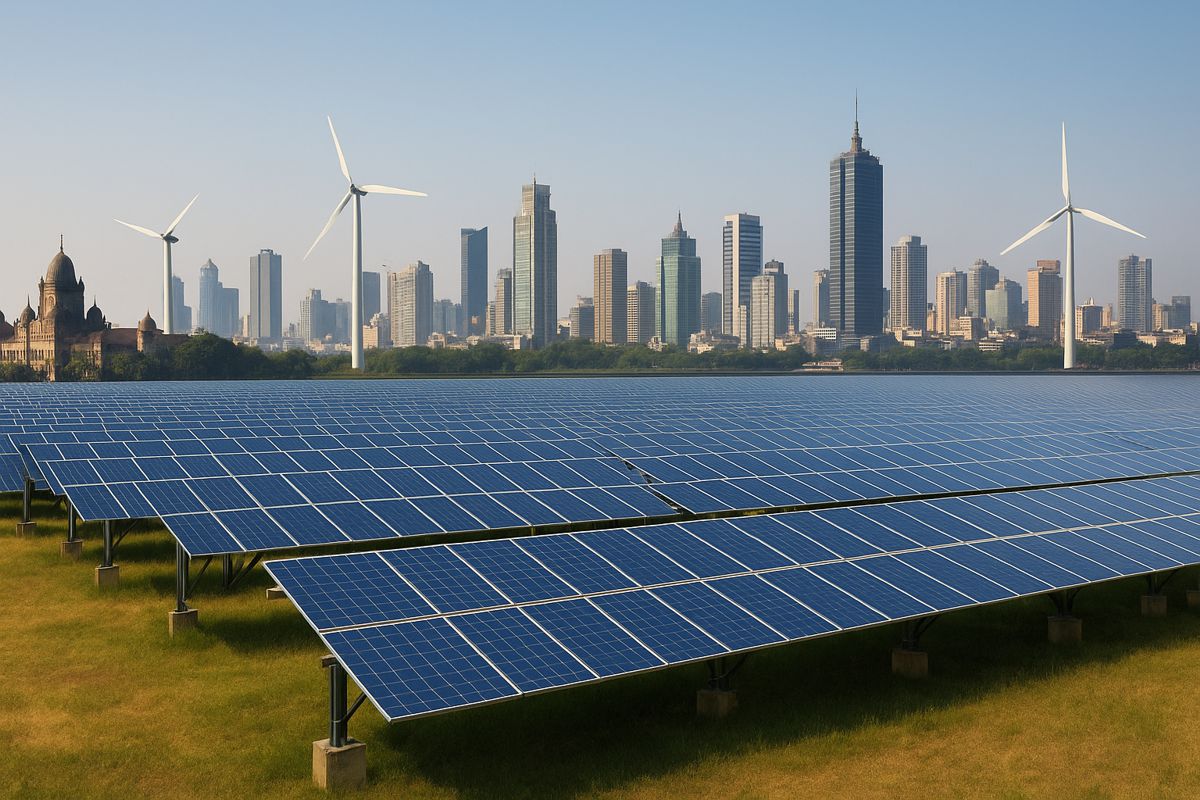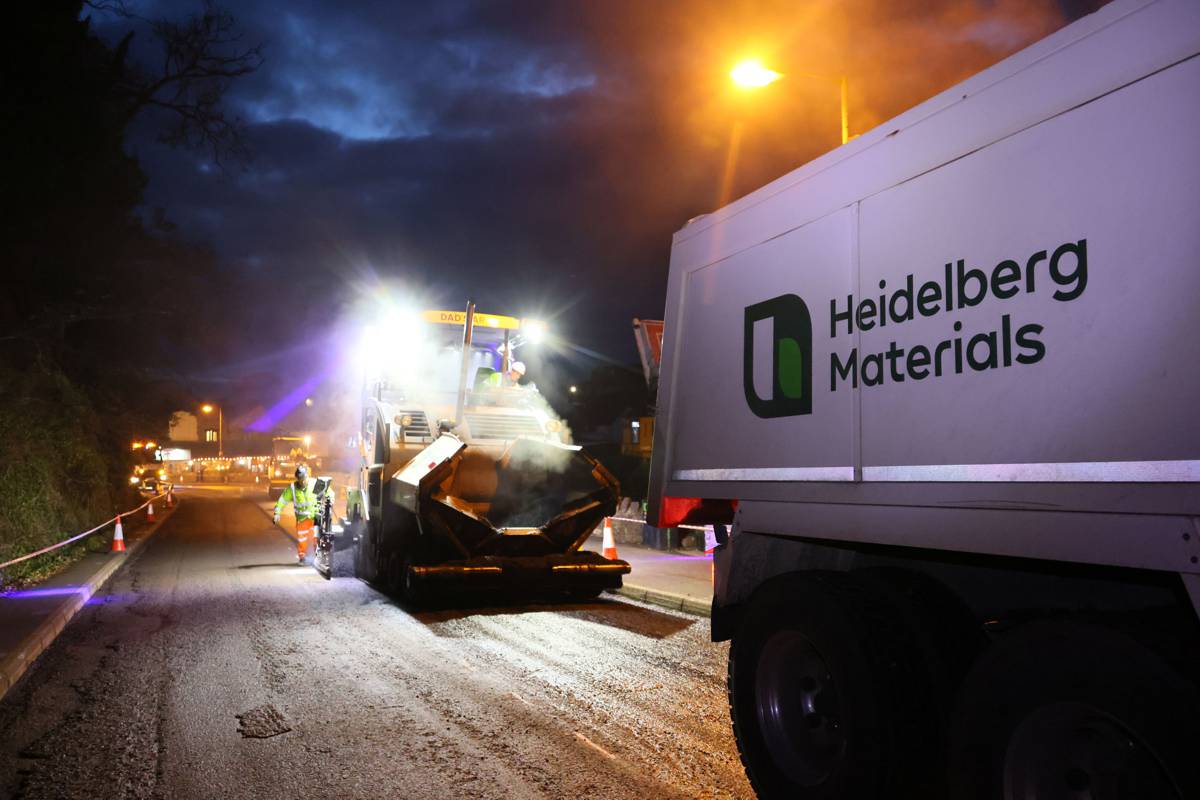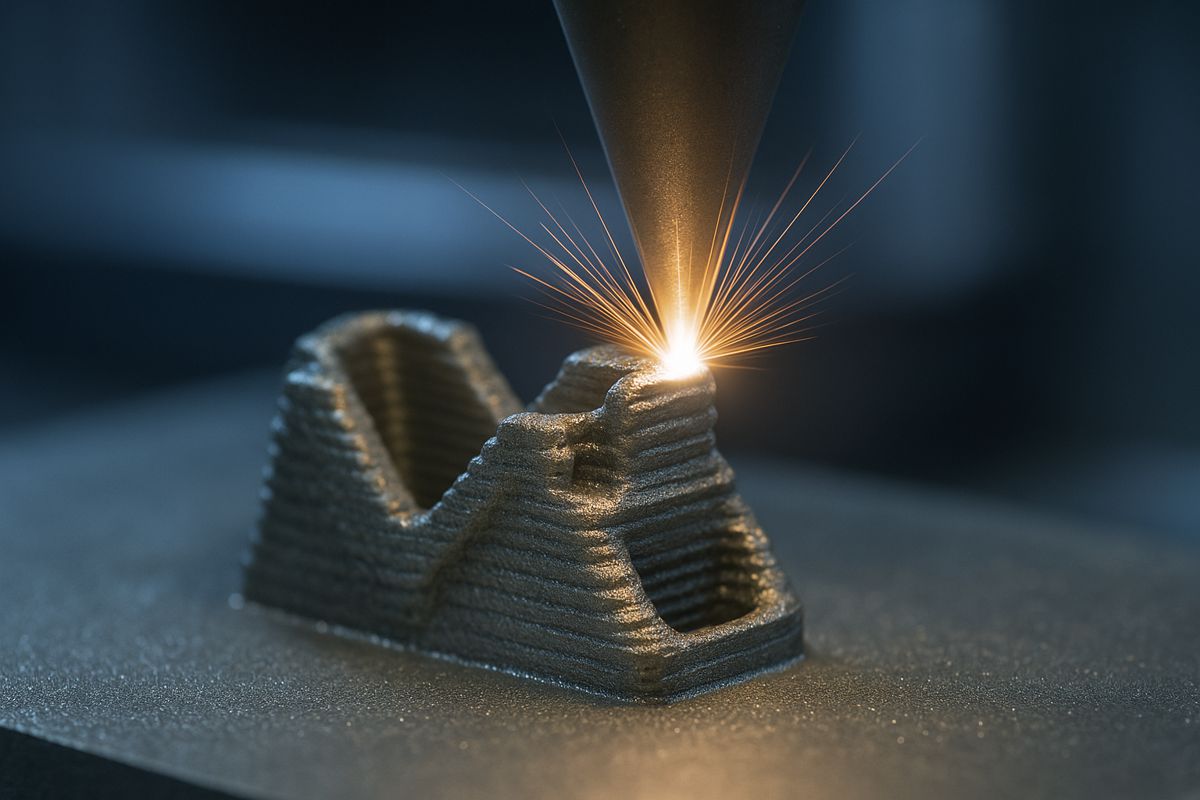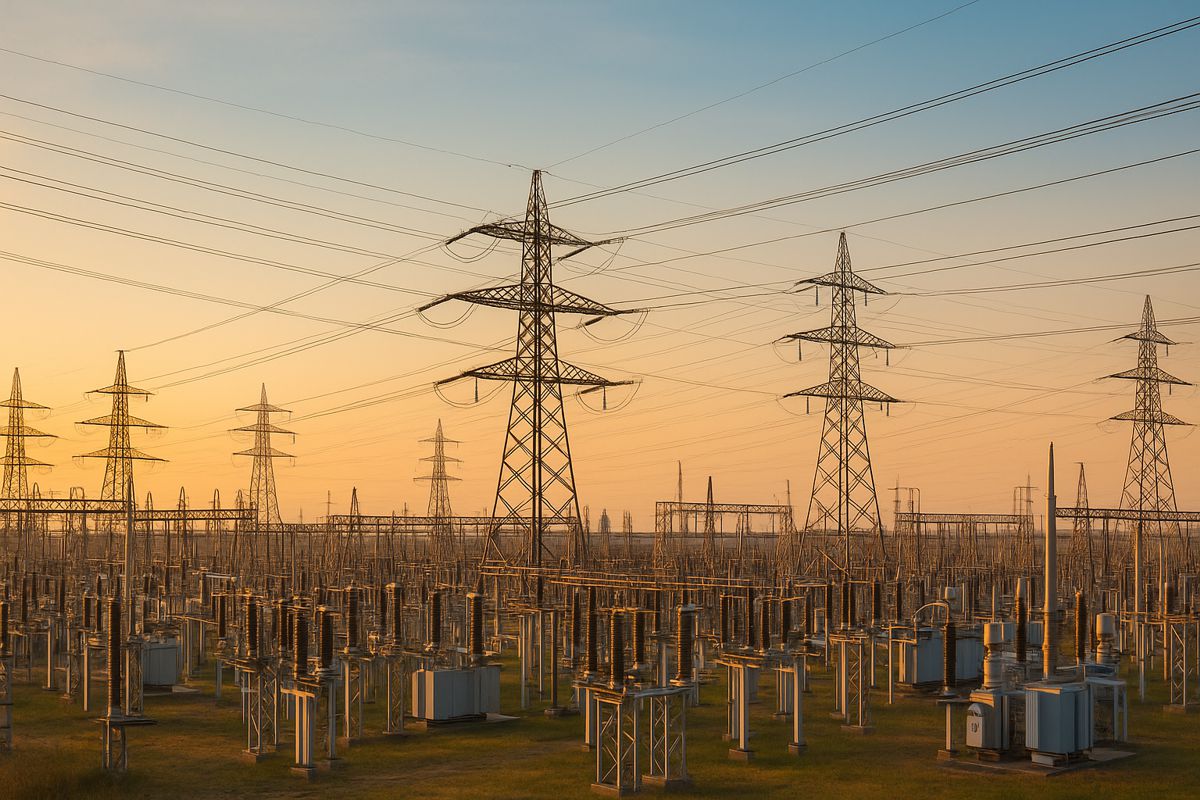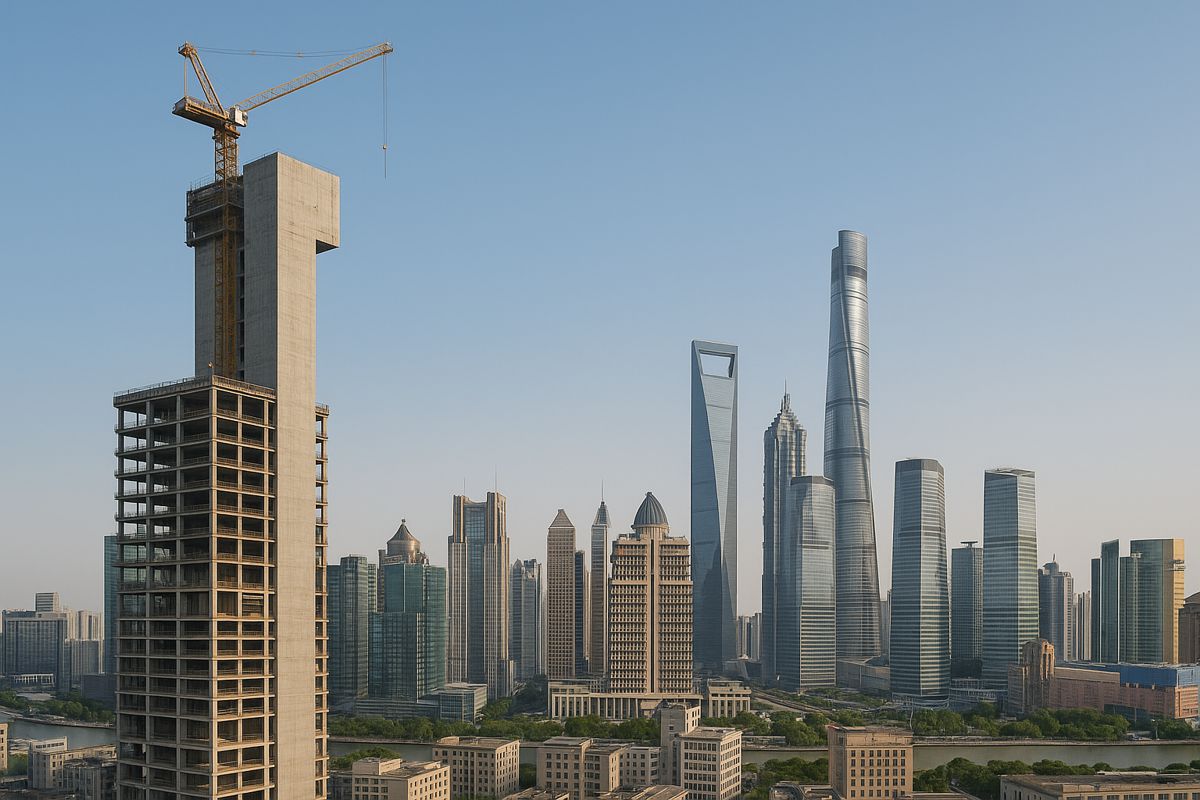Pioneering the Future with Turquoise Hydrogen Production
Innovations in clean energy production are not just trends—they’re necessities. The Korea Institute of Energy Research (KIER) has taken a remarkable leap forward with its latest development: a nickel-cobalt composite catalyst that significantly enhances turquoise hydrogen production.
This pioneering advancement promises a cleaner, more efficient approach to hydrogen production, addressing long-standing challenges in the field.
The Role of Turquoise Hydrogen
Hydrogen, often dubbed the “fuel of the future,” plays a pivotal role in the global transition towards sustainable energy. Among the many types of hydrogen—grey, blue, green, and turquoise—turquoise hydrogen is gaining attention for its unique environmental benefits.
Turquoise hydrogen is produced through thermal decomposition of methane (CH₄), yielding hydrogen and solid carbon without emitting carbon dioxide during the process. Unlike traditional grey hydrogen methods, which release significant CO₂, turquoise hydrogen avoids the need for carbon capture and storage. However, despite its promise, the high-temperature requirements for production—often exceeding 900°C—have posed a significant barrier to its commercialisation.
A Game-Changer in Hydrogen Production
Dr. Woohyun Kim’s research team at KIER has turned the tide on these challenges by developing a nickel-cobalt composite catalyst.
This innovative catalyst slashes the required reaction temperature by 300°C while boosting hydrogen productivity by 50%. Such an advancement not only enhances efficiency but also reduces the energy demand and costs associated with turquoise hydrogen production.
Why Cobalt?
Cobalt’s inclusion in the nickel-based catalyst is the key to its success. Known for its ability to enhance electrical activity and improve durability, cobalt optimises the catalyst’s performance.
Through meticulous experimentation, the team determined that a composition of 8% nickel and 2% cobalt delivers the best results, enabling hydrogen production at a mere 600°C—a far cry from the industry-standard 900°C.
Catalyst Longevity Redefined
In hydrogen production, a catalyst’s “initial activity”—its performance right after a reaction begins—is a critical measure of effectiveness. Typically, conventional catalysts maintain their initial activity for about 90 minutes. The new nickel-cobalt catalyst extends this window by an impressive 60%, sustaining peak performance for 150 minutes.
Such durability ensures not only higher hydrogen yields but also less frequent catalyst replacement, reducing operational downtime and costs. Moreover, the catalyst demonstrated a 50% improvement in hydrogen productivity within the first 30 minutes of operation compared to previous alternatives.
The Carbon Nanotube Revolution
An unexpected yet valuable by-product of this breakthrough is the formation of carbon nanotubes on the catalyst surface. These nanotubes are highly sought after for their applications in:
- Electrode materials for batteries
- Construction materials due to their strength and lightweight properties
- Advanced composites for aerospace and automotive industries
This dual-output system not only enhances economic viability but also aligns with the principles of a circular economy—minimising waste and maximising resource use.
Dr. Kim highlighted this aspect, stating: “This research demonstrates a ground-breaking outcome, enabling the simultaneous production of hydrogen and carbon nanotubes, achieving both productivity and economic efficiency.”
Supporting a National Hydrogen Strategy
KIER’s innovation aligns with South Korea’s ambitious hydrogen roadmap. In 2021, the government unveiled its “First Hydrogen Economy Implementation Plan,” targeting the domestic supply of 28 million tonnes of clean hydrogen by 2050.
Clean hydrogen, as defined by the plan, must produce no more than 4 kg of greenhouse gas emissions per kilogram of hydrogen—a benchmark turquoise hydrogen can comfortably meet.
By addressing the high-temperature hurdle and introducing an economically viable catalyst, KIER has positioned turquoise hydrogen as a cornerstone of South Korea’s clean energy strategy.
From Lab to Market
The journey from laboratory innovation to commercial-scale deployment is often fraught with challenges. Recognising this, KIER plans to:
- Optimise the catalyst for mass production: Ensuring scalability without compromising efficiency.
- Conduct comprehensive performance evaluations: Validating the catalyst under real-world industrial conditions.
- Secure key technologies: Including advanced materials and reaction system designs.
Such steps are critical to achieving widespread adoption of this technology, both domestically and internationally.
A Global Impact on Clean Energy
KIER’s breakthrough has garnered international attention, with their research published in the prestigious journal Fuel Processing Technology (Impact Factor: 7.2). This milestone underscores the global relevance of their work, setting a benchmark for future innovations in the hydrogen sector.
As countries worldwide ramp up efforts to decarbonise their economies, KIER’s nickel-cobalt catalyst offers a scalable, efficient, and sustainable solution. By addressing key technical barriers, this innovation paves the way for turquoise hydrogen to emerge as a viable competitor to other clean hydrogen technologies.
Driving the Future with Turquoise Hydrogen
The advancements spearheaded by KIER are not just technical achievements; they represent a vision for a cleaner, more sustainable energy future. By tackling the dual challenges of efficiency and carbon capture, this nickel-cobalt catalyst could redefine how we produce and utilise hydrogen.
As Dr. Kim aptly put it: “We plan to further research mass-production technology utilising the developed catalyst, conduct performance evaluations, and secure core material technology and reaction system design capabilities.” The potential to simultaneously produce clean hydrogen and high-value carbon materials signals a new era in energy innovation.
With KIER leading the charge, the dream of a hydrogen-powered world is closer than ever.
